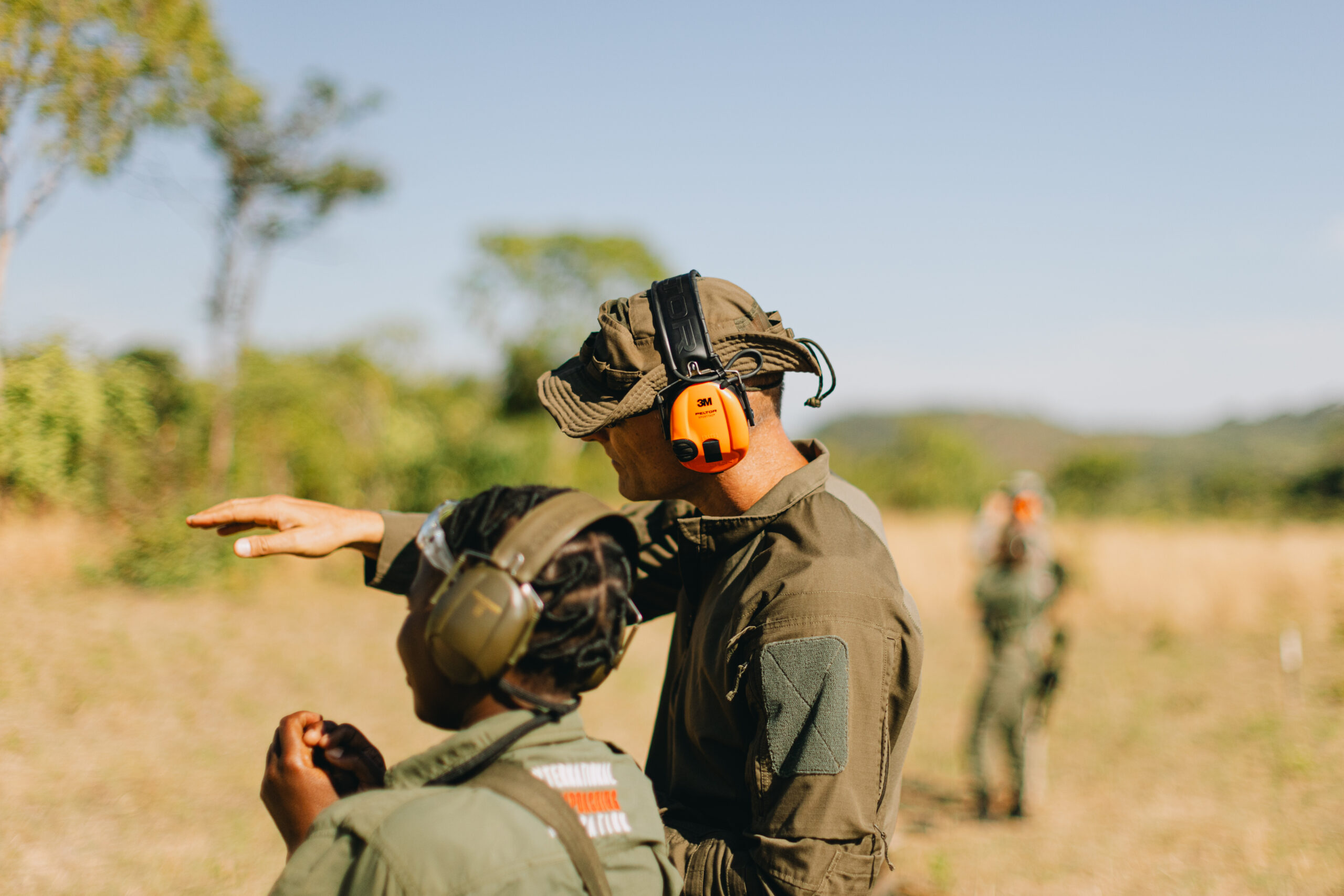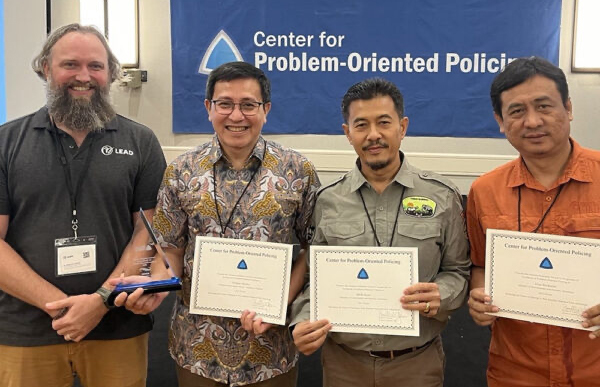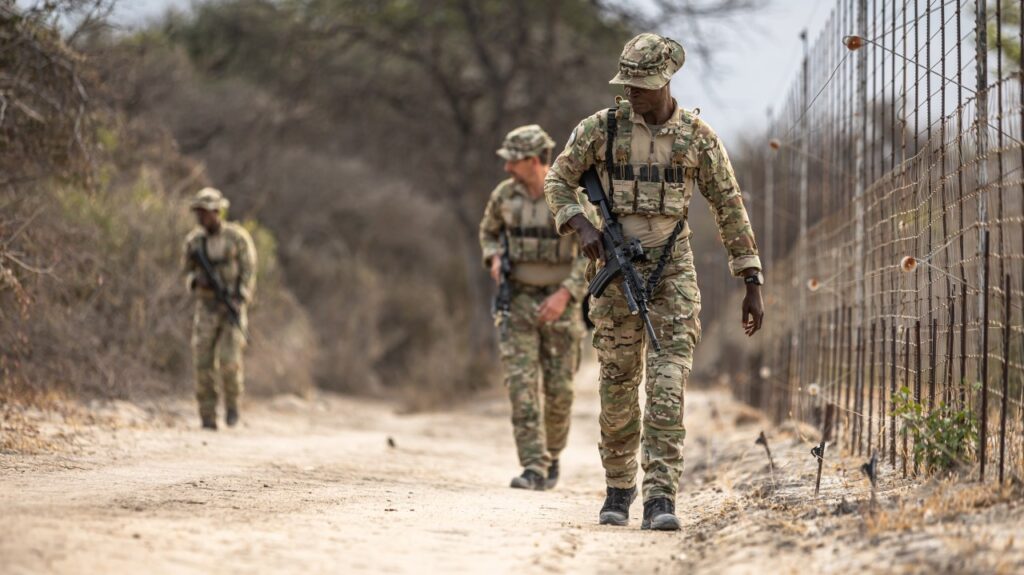Many conservation security teams still organise their work around activities. Patrols are scheduled, areas are assigned, distances are covered, and reports are completed. On paper, this appears productive, yet on the ground the underlying patterns often remain unchanged. Offenders adapt, communities adjust, and operational routines become predictable. Integrated Threat Reduction (ITR, you can find the document at the Center for Problem-Oriented Policing : https://tinylink.net/0pOMW) was developed to help organisations break this cycle. By shifting the focus from activities to outcomes, ITR encourages teams to shape behaviour, influence conditions, and support long-term stability. Effects-based tasking is one of the operational mechanisms that makes this shift possible.
From activities to effects
Traditional tasking tells a team what to do: patrol this area, set an ambush here, conduct a checkpoint there, or engage that community. These instructions describe methods, but they do not specify what must change. Effects-based tasking begins with a simpler and more precise question: what outcome do we need to achieve today? Once the effect is clear, teams select the most appropriate method for their context. This approach improves clarity, encourages flexibility, and ties daily work directly to threat reduction.
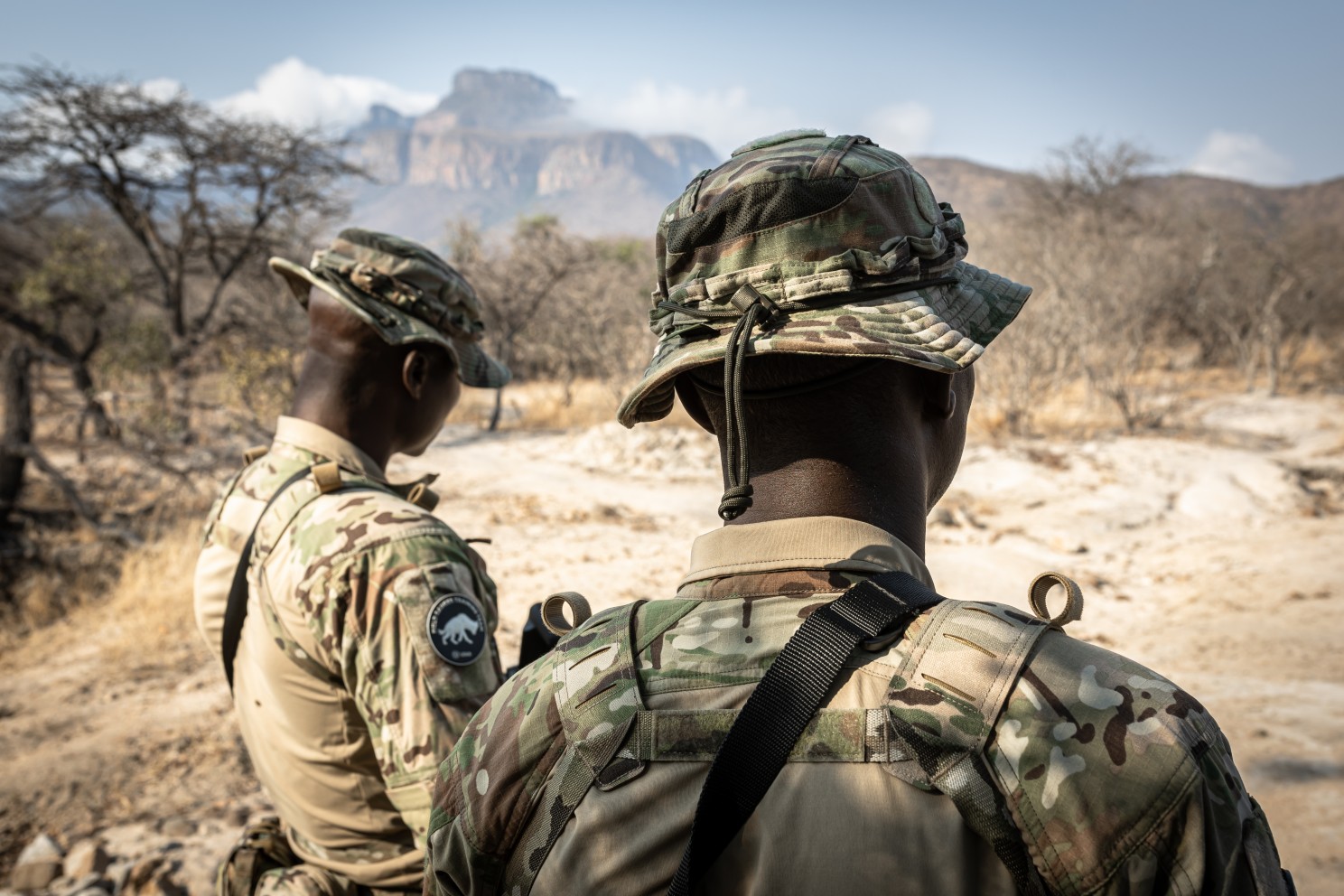
Some conservation law enforcement effects
Not limited to these, but these effects are suitable across all three ITR tiers and create a shared operational language that links ranger activity to outcomes and shapes offender behaviour:
Detect refers to finding unlawful activity, conditions, spoor/sign people, or risks. A drone identifying cattle entering a restricted woodland, or footwear impressions near a waterhole found after rain, are practical examples of this foundational effect.
Deter reduces the likelihood of unlawful activity by increasing the perceived risk of detection or response. Visible patrols along an entry route or fence line, or a reliable reporting chain that discourages bushmeat hunting, both create this behavioural effect.
Disrupt interferes with offenders’ ability to operate. Removing snares from a poaching corridor, conducting unannounced checks that interrupt charcoal movement, or flying a drone over a known entry point at night are examples of breaking operational routines and reducing opportunities.
Reassure strengthens confidence among communities, partners, and lawful users that the area is professionally managed. Structured community contact in conflict-prone areas often reduces tension and improves early reporting.
Secure stabilises a scene to prevent escalation, protect evidence, or stop further harm. A team securing a carcass site after a gunshot report until investigators arrive illustrates this effect in practice.
Investigate involves gathering facts, evidence, and understanding the drivers behind a threat. Rangers documenting footprints, cartridge cases, and drag marks around a carcass to support a formal investigation exemplifies this.
Influence behaviour builds lawful practice through presence, communication, and engagement. When herders adjust grazing patterns voluntarily due to consistent engagement, the effect has been achieved.
Resolve brings incidents to a safe, lawful conclusion. Stopping an illegal logger, seizing poaching tools or wildlife products, and handing over the case without unnecessary escalation demonstrates this outcome.
Prevent reduces the likelihood of future incidents by addressing conditions and root causes. A structured grazing agreement that reduces seasonal incursions is prevention in action.
Interdict, used when appropriate, stops unlawful items, wildlife products, or people from moving through a space. A static interdiction that intercepts bushmeat before it reaches the market is an example of targeted interdiction.
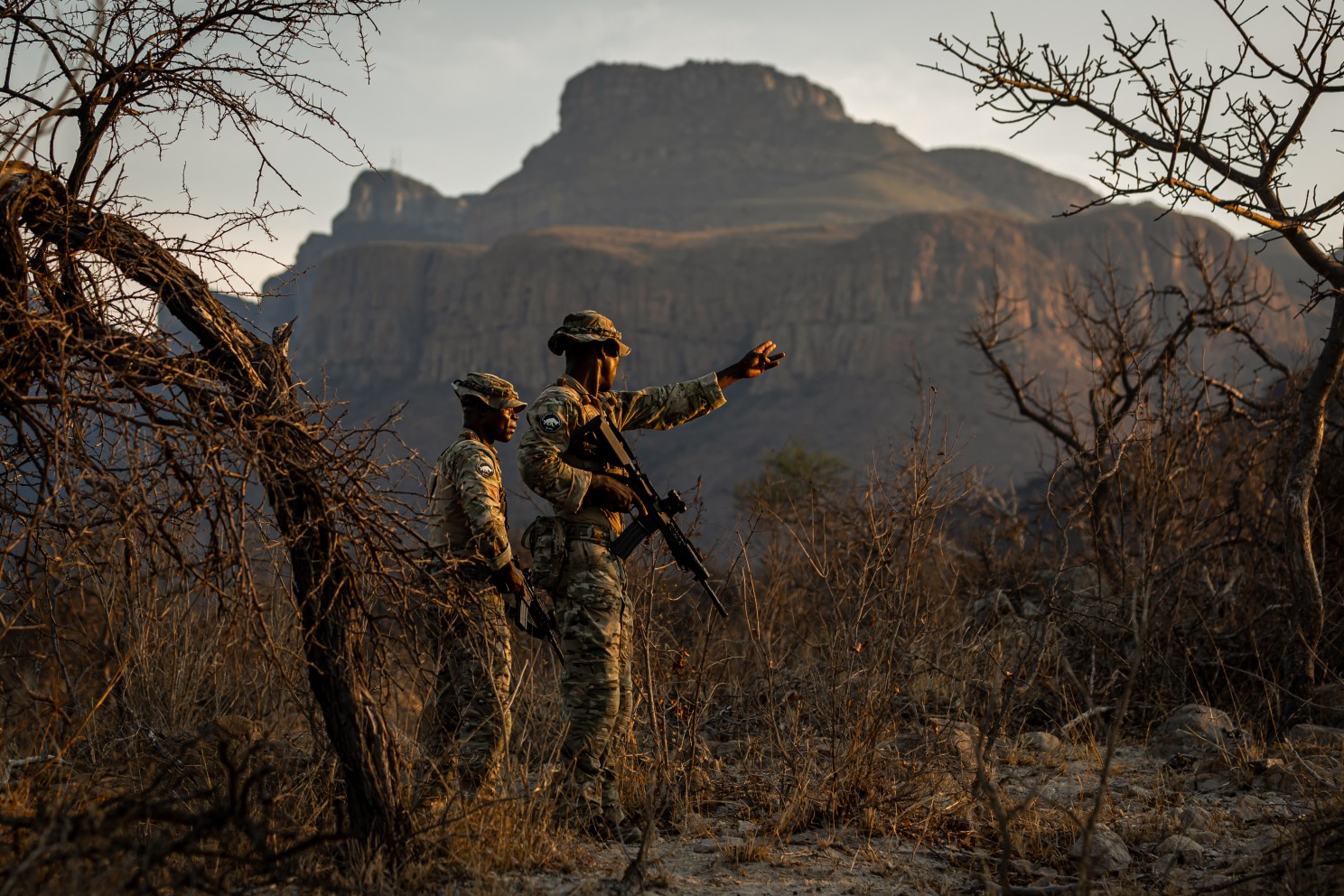
How this catalogue supports ITR
These effects are not tied to specific tiers; rather, they apply across reactive, proactive, and preventive operations. As landscape stability changes, the balance of effects shifts with it. The strength of this catalogue lies in its ability to create a shared operational language, link ranger activity to offender decision-making, guide planning and debriefing around outcomes rather than activities, and provide a practical mechanism for applying ITR in daily operations.
Why effects-based tasking is an advancement
Effects-based tasking improves clarity because a tasking built around effects provides direction and intent rather than simply assigning movement. For example, a team deployed with detection as a primary effect and deterrence as a secondary effect, framed within the context of livestock incursions after rainfall, understands both the purpose of the deployment and what success looks like. It shifts the conversation from “where to walk” to “what must change.”
It also aligns operations with offender behaviour. Offenders respond primarily to the likelihood of being caught, the speed of response, and the consequences if caught. Effects map cleanly onto these deterrence elements. Combinations such as detection, investigation, and resolution increase certainty; detection, securing a scene, and resolving incidents increase celerity; and secure, investigate, and resolve support lawful severity. Thinking in effects therefore shapes how offenders make decisions.
Another advantage is that it makes adaptation easier and more honest. When teams understand the required effect, they can choose the most suitable method. Detection can be achieved through observation posts, covert or overt patrolling, tracking or K9 pursuit, community information collection, or any variation or combination of these. If the method stops producing the effect, it can be changed without resistance or attachment to routine. The team is tied to the outcome, not the method.
Effects-based tasking prevents repetitive patterns. Routine creates predictability, and predictability is exploitable. Asking daily what needs to change, which building blocks can achieve it, and which option is simplest and safest breaks the habit of repeating the same patrol routes with diminishing impact.
It strengthens the professional judgement of team leaders by giving them autonomy within clear intent. Rather than applying standardised methods blindly, they match their approach to terrain, weather, team condition, community dynamics, offender activity, and available assets. This reflects disciplined professional policing rather than rigid templating.
Effects-based tasking also integrates naturally with ITR. Although the effects remain constant across tiers, different tiers place different emphasis on them. Reactive work focuses heavily on detection, securing scenes, and resolving incidents. Proactive work emphasises deterrence, disruption, and influencing behaviour. Preventive work leans into reassurance, investigation, and prevention. Effects-based tasking makes these shifts practical and intuitive.
Finally, it makes measurement more meaningful. Instead of counting kilometres or numbers of patrols, teams assess whether deterrence increased, detection improved, response times shortened, investigations strengthened case outcomes, or conditions shifted toward prevention. This anchors operational work to organisational impact.
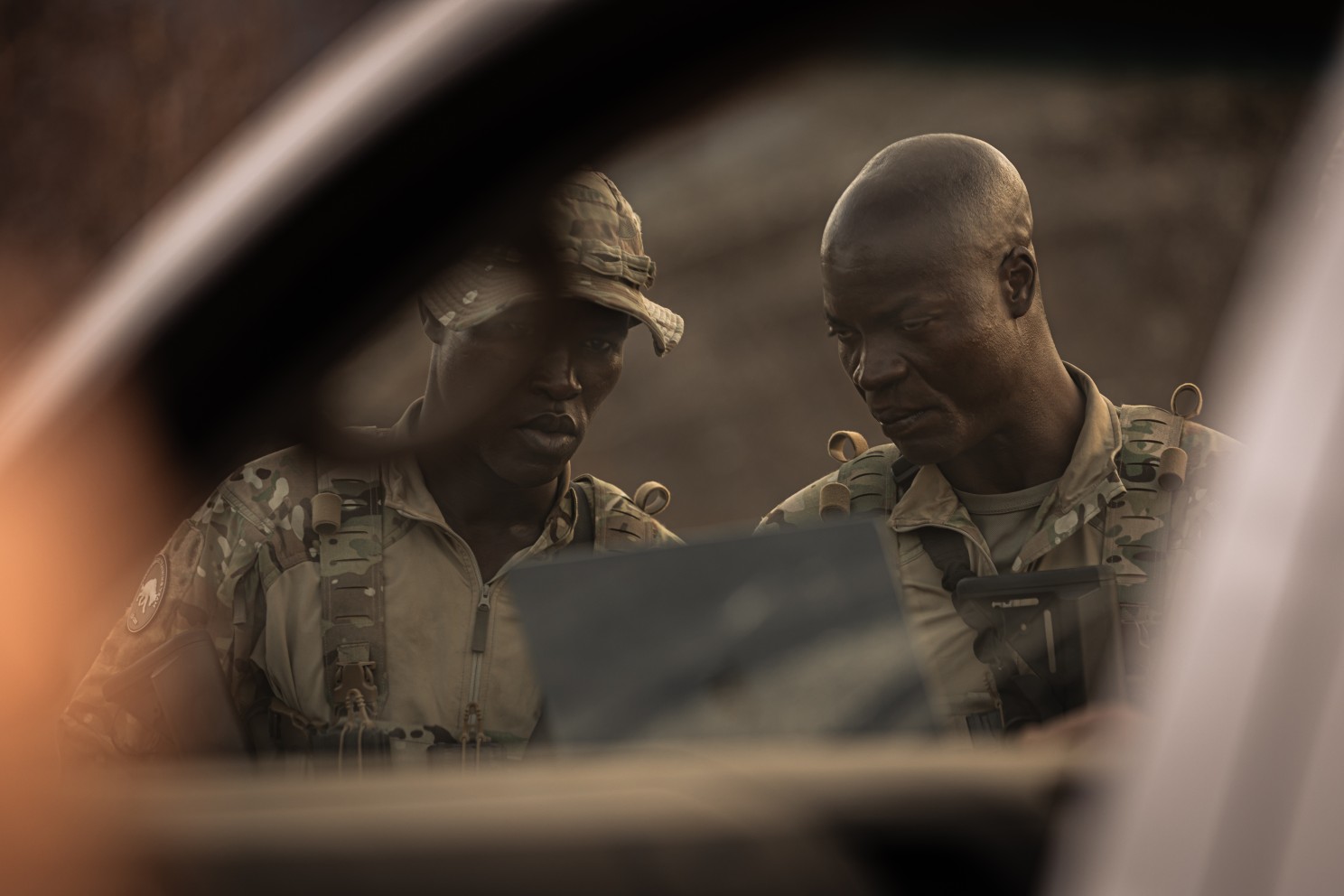
Integrating effects-based tasking into daily operations
Organisations do not need to overhaul their systems to adopt effects-based tasking. A pragmatic approach is to begin by introducing the language and using it in planning, briefing, execution, and debriefing. The first step is agreeing on effects that describe outcomes rather than activities. These effects then anchor taskings, orders, and team leader estimates. Rather than assigning patrol types, the Ops Room sets the primary and secondary effects for each deployment. Team leaders then select methods suited to the terrain, threat, and conditions they face.
Over time, this shifts organisations away from routine, activity-based deployments and towards targeted, outcome-driven operations. Reporting becomes clearer, as teams can explain whether deterrence increased, detection improved, or prevention was strengthened. Adaptation becomes easier, decision-making becomes more deliberate, and operations become more resilient to offender behaviour.
For organisations seeking support to implement this approach, LEAD Conservation can assist. We help define the effects catalogue, redesign briefings and debriefings, train team leaders in effect-driven decision-making, and support Ops Rooms in integrating effects into planning cycles. Crucially, we remain on the ground long enough to ensure the system becomes internalised and practical in real conditions. The aim is not to impose a new doctrine, but to help organisations establish a simple, elegant operational rhythm that fits their landscape, their people, and their threat environment – bringing them closer to the long-term logic of Integrated Threat Reduction.
(All images by our friends at UFPRO)

